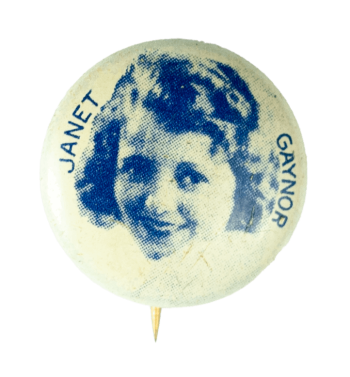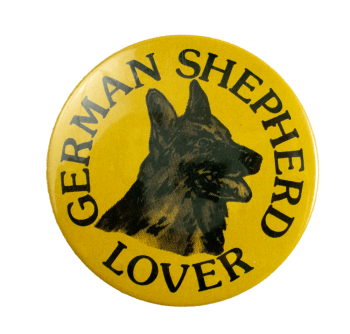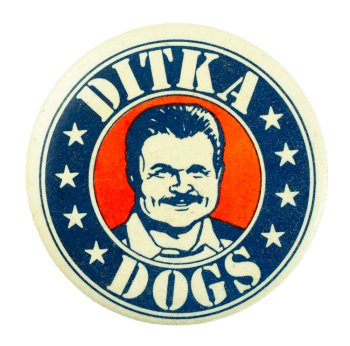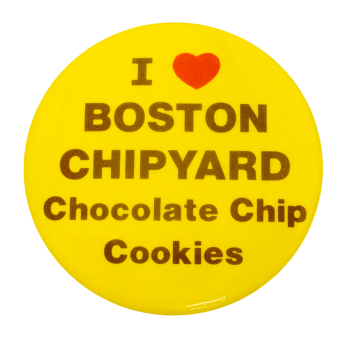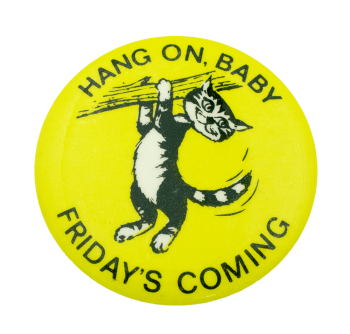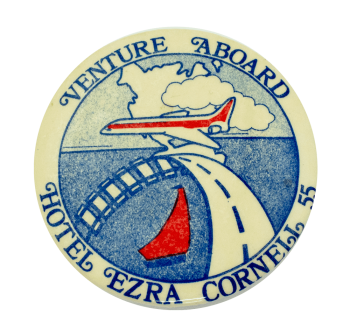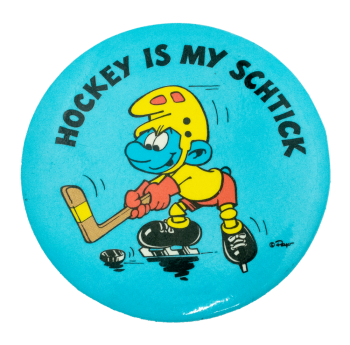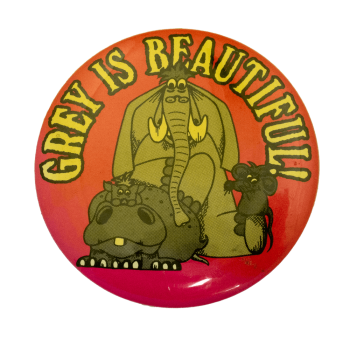Janet Gaynor
| Category | |
|---|---|
| Additional Images | |
| Sub Categories | |
| Text on Button | JANET GAYNOR |
| Image Description | Blue text and a blue and white litho illustration of actress Janet Gaynor on a white background |
| Back Paper / Back Info |
WESTERN |
| Back Style | |
| The Shape | |
| The Size | |
| Additional Information | Janet Gaynor (1906-1984) was an actress associated with the Golden Age of Hollywood era. Her career started in silent films and transitioned to sound films during the film industry transformation of the late 1920s. Her success peaked at the 1928 Academy Awards when she became the inaugural winner of the Best Actress award for her roles in three separate films—the first and only time the Academy awarded one award for multiple performances. Janet Gaynor appeared in notable films throughout her career, such as A Star is Born (1937), and became one of the most profitable actresses during the 1930s. She semi-retired from motion pictures by the 1950s, turning her focus to theater and oil painting. Tragically, her life was cut short in 1984 due to complications from injuries sustained in a car accident two years earlier, from which she never fully recovered. |
| Sources |
Janet Gaynor. (n.d.). The Movie Database. https://www.themoviedb.org/person/9088-janet-gaynor?language=en-US |
| Catalog ID | EN0675 |

